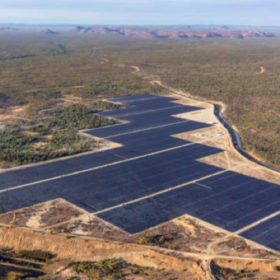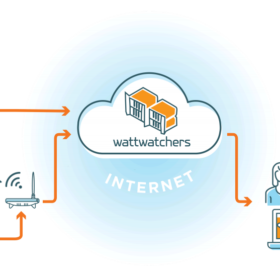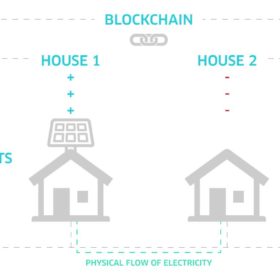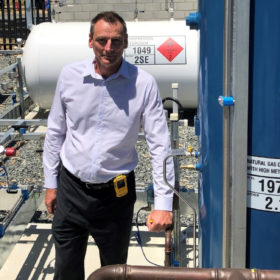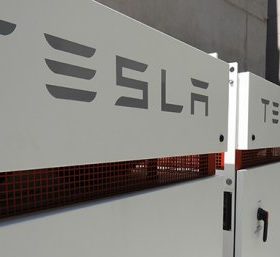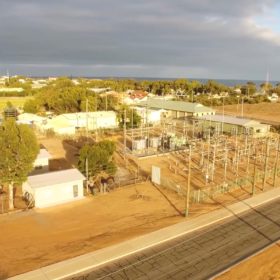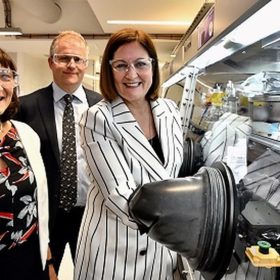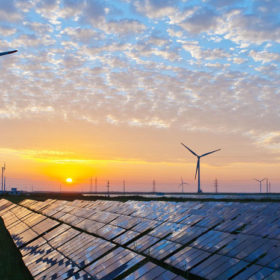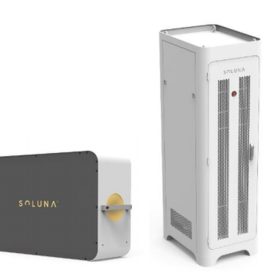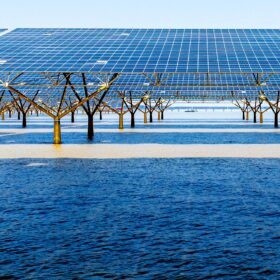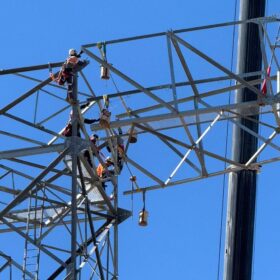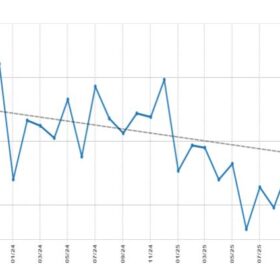Genex achieves financial close for Jemalong and refinancing for Kidston
Sydney-based developer Genex Power Limited (Genex) has fought its way back from several unlucky blows to achieve financial close for the 50MW Jemalong Solar Project and the refinancing of the 50 MW Kidston Solar One Project.
ARENA funds Wattwatchers toward more consumer empowerment
The Australian Renewable Energy Agency (ARENA) is set to fund Australian energy technology company Wattwatchers to the tune of $2.7 million. The funding will aid the development of a consumer-facing energy data hub, ‘My Energy Marketplace,’ another step forward in consumer energy empowerment.
Sonnen, Natural Solar join SA blockchain-enabled virtual power plant
Western Australian energy trading technology company Power Ledger and wholesaler energy retailer Powerclub have teamed up with German battery manufacturer sonnen and solar and battery installer Natural Solar to launch their virtual power plant pilot in South Australia. The project is the first large-scale commercial rollout of blockchain technology for solar energy trading in Australia.
ATCO begins blending green hydrogen into gas network
The Clean Energy Innovation Hub has hit a major milestone as ATCO started testing blending renewable hydrogen into the on-site natural gas network in Jandakot.
A Study in Storage, University of Queensland turns on its Tesla Powerpack
The University of Queensland (UQ) is well known for its renewable solar power generation, from its Warwick Solar Farm to the extensive solar PV arrays on UQ campuses. Now UQ can store its solar power too, with one of Queensland’s largest behind-the-meter battery storage systems.
WA’s largest battery on the way to Kalbarri microgrid
Western Australia’s (WA) publicly-owned grid operator, Western Power, has announced its largest battery is on its way to Kalbarri. The battery, the biggest utility-scale battery ever to be connected to the Western grid network, departed from Perth today on its way north to the laid-back coastal town.
Hi-tech energy storage center opens at Deakin University
The new StorEnergy centre – supported with a $4.4 million Federal Government grant – will produce battery materials on a commercial scale and seek to increase knowledge and develop innovative solutions for Australia’s energy needs.
AEMO calls for over 30 GW of solar and wind to replace coal-fired generation by 2040
To fill the gap left by retiring coal-fired plants, the Australian Energy Market Operator forecasts that Australia should invest in a further 30-47 GW of new large-scale wind and solar projects by 2040. At the end of the outlook period, AEMO projects that distributed energy resources could provide up to 13% to 22% of total underlying annual NEM energy consumption.
Investors learn about Tasmania’s green hydrogen potential
Tasmania has approached international investors to present its unique potential for the production of hydrogen from renewable sources as it seeks to emerge at the forefront of the nation’s green hydrogen push.
New battery brand enters Australian market with plans for local recycling
The first commercial shipment of China-made Soluna batteries has reached the Australian shores. The new battery brand will be sold locally by a joint venture between Lithium Australia and China’s DLG Group.
